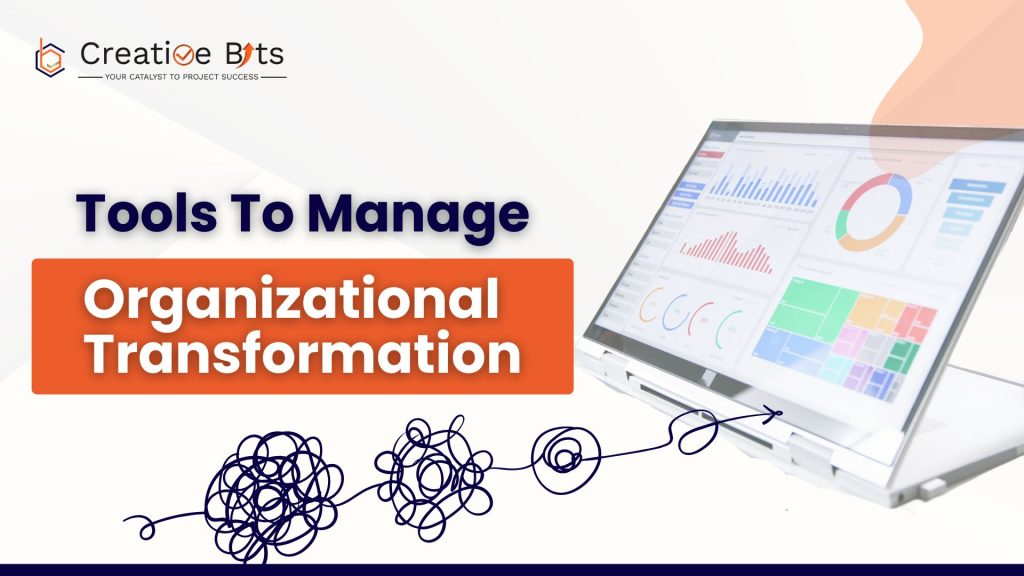The early signs of trouble — and how to fix them before it’s too late
Projects rarely fail without warning. More often, they show small signs of trouble that, if ignored, can spiral into bigger issues. Recognizing these signs early gives you the chance to address them before they become major setbacks. Here’s what to look for and how to steer your project back on track.
Key Warning Signs to Watch For
Missed deadlines and milestones
When deadlines are consistently missed or milestones are delayed, it’s a clear sign something’s off. These delays may stem from unrealistic planning, resource bottlenecks, or unforeseen obstacles. If extensions are becoming the norm rather than the exception, it’s time to dig deeper into what’s causing the slowdown.
Scope creep and unclear goals
Does it feel like the project’s objectives are always shifting? Frequent changes to the project scope without proper evaluation can stretch resources thin and create confusion for the team. If no one can clearly explain what the project is meant to achieve, that’s a red flag that priorities need to be clarified.
Communication gaps
A lack of clear and consistent communication can quietly derail a project. This might look like team members not sharing updates, stakeholders feeling out of the loop, or misunderstandings that lead to rework. Tensions and conflicts often emerge when communication breaks down, affecting morale and productivity.
Resource problems
When teams are overworked, underfunded, or lacking the right expertise, progress slows down. You might notice team members struggling to meet expectations or the project needing skills that aren’t readily available. These resource issues can put the entire project at risk if not addressed early.
No clear ownership
If tasks and responsibilities aren’t clearly defined, confusion will arise. When no one feels accountable for deliverables, things can easily slip through the cracks. Worse still, blame-shifting or finger-pointing can damage team dynamics, making it harder to resolve issues quickly.
What You Can Do About It
Take action early
The moment you spot an issue, address it head-on. Waiting for problems to resolve themselves rarely works. Set aside time to regularly review the project’s progress and identify potential risks early. Small adjustments made sooner can prevent bigger disruptions later.
Improve communication
Establish clear communication channels and make sure everyone is on the same page. Regular check-ins with well-defined agendas can keep the team focused. For stakeholders, consistent updates and transparency will help maintain trust and engagement throughout the project.
Reassess scope and resources
Revisit the project’s goals and scope to confirm they’re still realistic. If priorities have shifted, adjust the plan accordingly. This might also mean reallocating resources, extending timelines, or seeking additional help to ensure the team isn’t overstretched.
Build accountability
Make sure everyone understands their roles and responsibilities. Clearly assign ownership of tasks so there’s no ambiguity about who is responsible for what. Encourage a problem-solving mindset within the team rather than a culture of blame, fostering collaboration and accountability.
Keep monitoring
Even after making adjustments, keep a close eye on the project’s health. Schedule regular health checks to track progress, identify new risks, and course-correct as needed. Be prepared to make tough decisions, such as scaling back or even pausing the project if necessary to protect the bigger picture.
Spotting the early warning signs of a failing project is the first step to turning it around. By staying proactive, addressing communication gaps, realigning scope and resources, and fostering a culture of accountability, you can often resolve issues before they escalate. Success depends on vigilance and the willingness to adapt when things don’t go as planned.

Worried your project might be off track? Download our free “Project Risk Warning Checklist“ to quickly identify and address potential trouble spots. Need expert help? Contact us today to get your project back on course!



